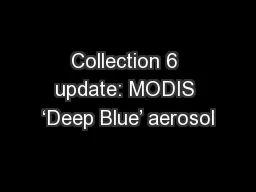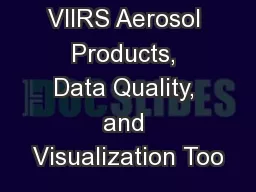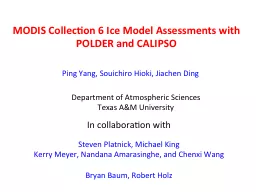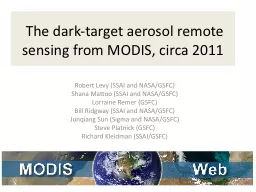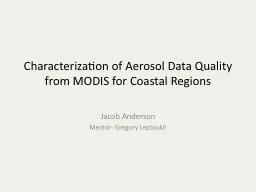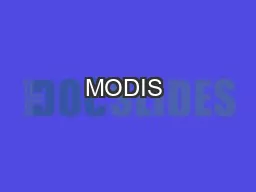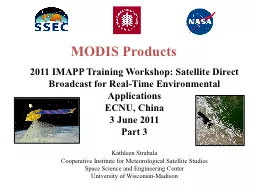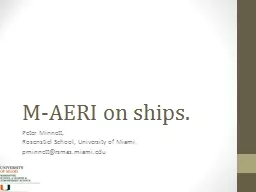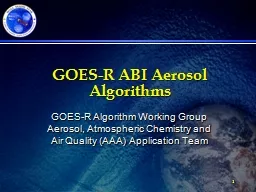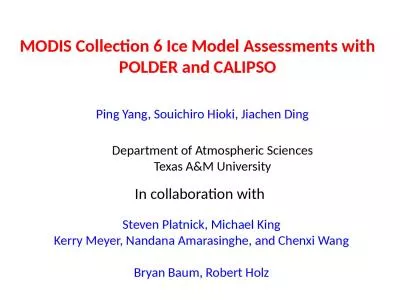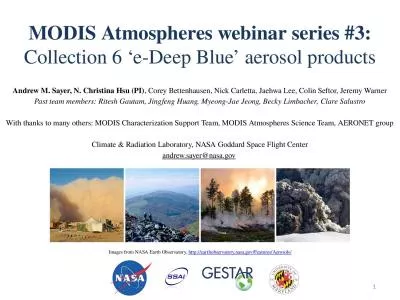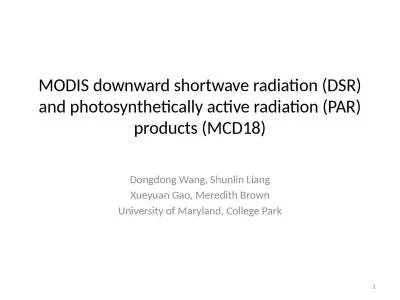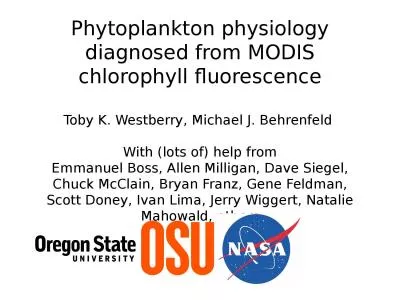PPT-Collection 6 update: MODIS ‘Deep Blue’ aerosol
Author : briana-ranney | Published Date : 2018-12-07
Andrew M Sayer N Christina Hsu Corey Bettenhausen MyeongJae Jeong Jaehwa Lee MODIS Red Green Blue composite MODIS Dark Target AOD 0 05 10 15 20 MODIS Deep
Presentation Embed Code
Download Presentation
Download Presentation The PPT/PDF document "Collection 6 update: MODIS ‘Deep Blue�..." is the property of its rightful owner. Permission is granted to download and print the materials on this website for personal, non-commercial use only, and to display it on your personal computer provided you do not modify the materials and that you retain all copyright notices contained in the materials. By downloading content from our website, you accept the terms of this agreement.
Collection 6 update: MODIS ‘Deep Blue’ aerosol: Transcript
Download Rules Of Document
"Collection 6 update: MODIS ‘Deep Blue’ aerosol"The content belongs to its owner. You may download and print it for personal use, without modification, and keep all copyright notices. By downloading, you agree to these terms.
Related Documents

